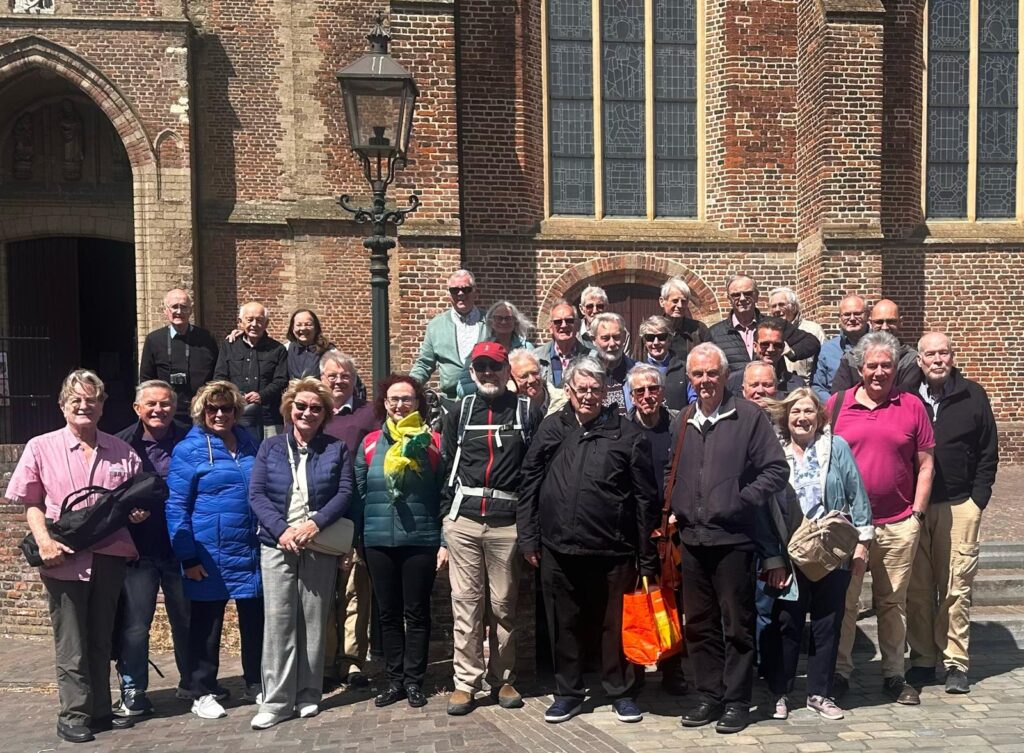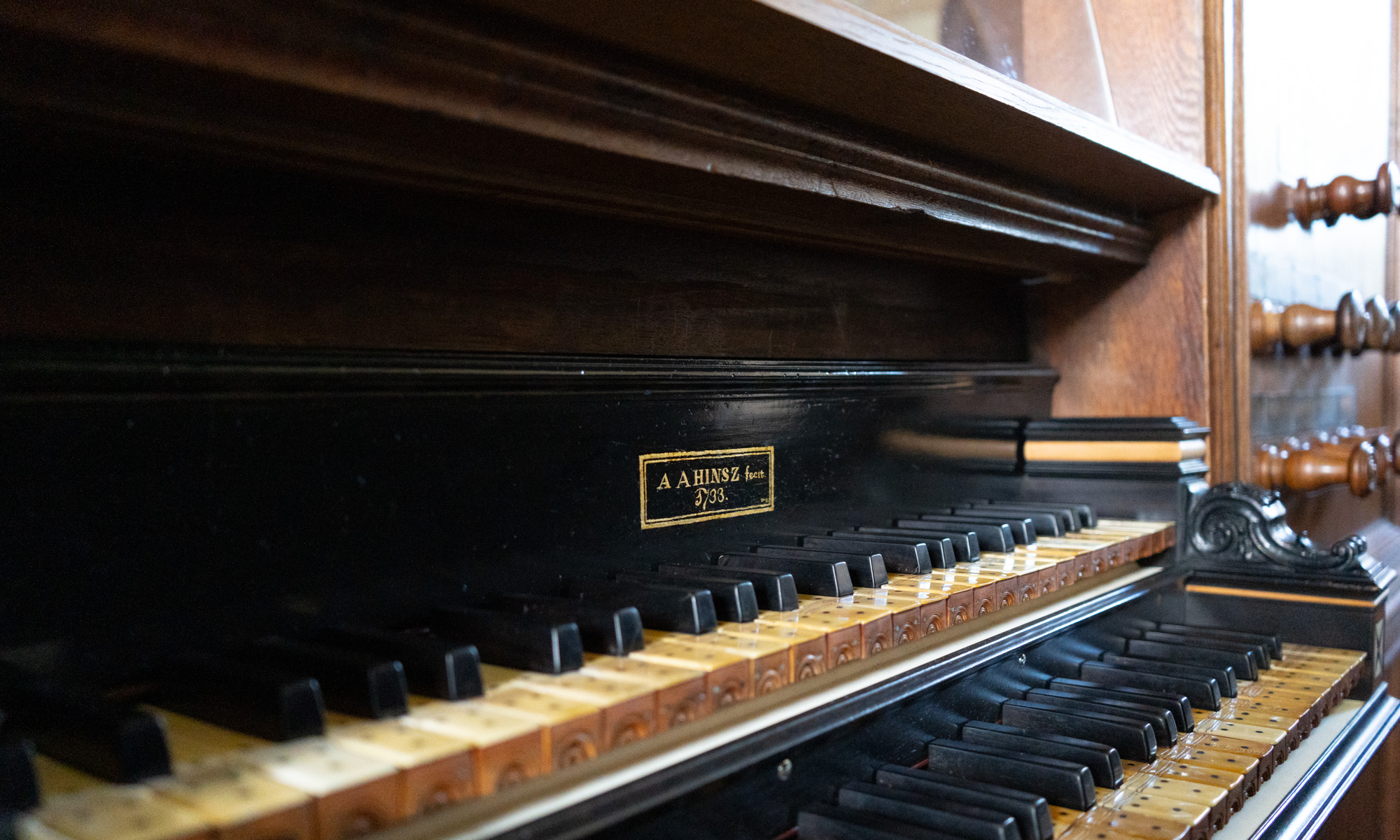Welcome to our new website! Since 2005 we have been organizing organ tours in the Netherlands with great passion and pleasure for organists, organ enthusiasts and other interested parties. Both group and private travel are possible. Curious what we can do for you? Then take a quick look at our website

Upcoming activities ↗
Check out our next activities and join us!
Reviews↗
Read what others thought of our tours.
Contact↗
Ask a question by email or telephone.
